Types of Heat Transfer to Prevent for Effective Insulation
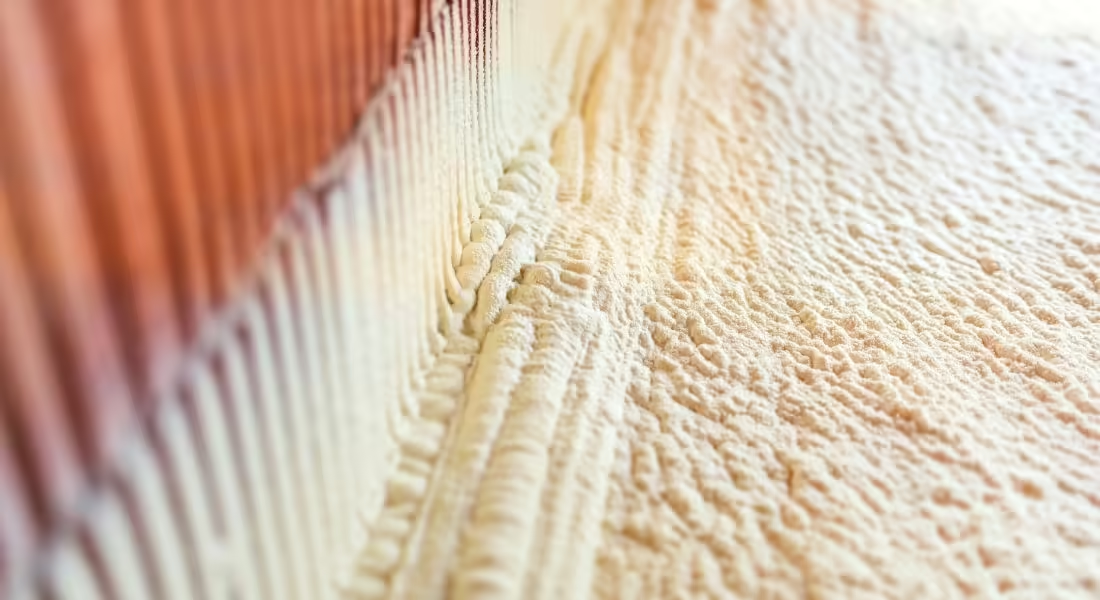
[vc_row][vc_column][vc_column_text]The primary function of insulation is to slow the transfer of heat into and out of one’s home. Heat transfer can occur in three different forms: convection, conduction, and radiation. Ideally, an insulation material should block all three types of heat transfer. To learn more about the three types of heat transfer to prevent for effective insulation, continue reading.
Convective heat transfer
Convective heat transfer refers to the transfer of heat through the movement of liquids and gases from one area to another. An example of convective heat transfer is when air escapes or infiltrates a home as a result of small gaps in windows or cracks in siding. Creating an airtight seal that blocks the flow of gases from entering or leaving a home can prevent convective heat transfer.
Conductive heat transfer
Conductive heat transfer occurs when heat moves throughout a solid material from one particle to another without bulk motion of the matter. An example of conductive heat transfer is when heat from the sun travels through the solid material of a house’s roof or walls and heats the inside of the home. If the interior of the home is cooler than outside, heat will flow into the home until a temperature equilibrium occurs. Placing a thermal break between building elements can prevent thermal bridging and prevent the flow of conductive heat. Insulation such as spray foam, which has loose molecular bonds, is especially good at providing such breaks to prevent conductive heat.
Radiant heat transfer
Radiant heat transfer is the exchange of heat by photons. Unlike convection and conduction radiation, it doesn’t require a medium to transfer the heat. All matter with a temperature that exceeds zero emits radiant heat. An example of radiant heat transfer is when direct sunlight heats an attic and makes it substantially warmer than the outside temperature.
Creating a thermal insulation barrier inside the surfaces of your home that receive direct sunlight can prevent radiant heat transfer from occurring. However, not all materials serve as effective barriers. Materials such as spray foam, which conduct heat poorly, are ideal thermal insulators, while fiberglass insulation will do little to stop such heat transfer.
Paragon Protection is a leading spray foam insulation contractor that services Lake Zurich, Wauconda, Crystal Lake, and McHenry. Spray foam insulation is a highly effective insulator that can prevent the transfer of convective, conductive, and radiant heat. In addition to spray foam insulation, we also offer several other insulation types to best suit the needs of your home or commercial space. For more information regarding our services, contact Paragon Protection today.[/vc_column_text][/vc_column][/vc_row]

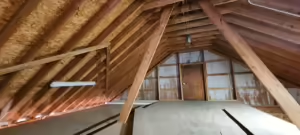
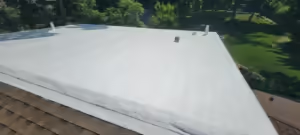

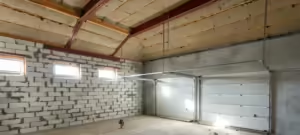

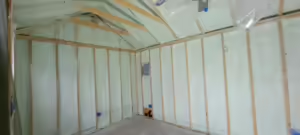
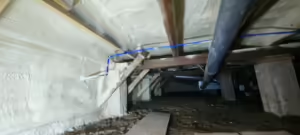
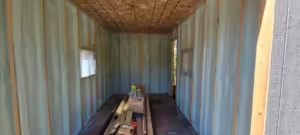
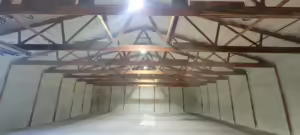

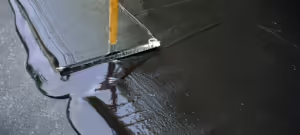
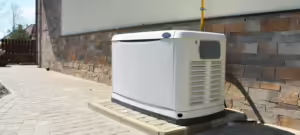
 Professional Insulation Services
Professional Insulation Services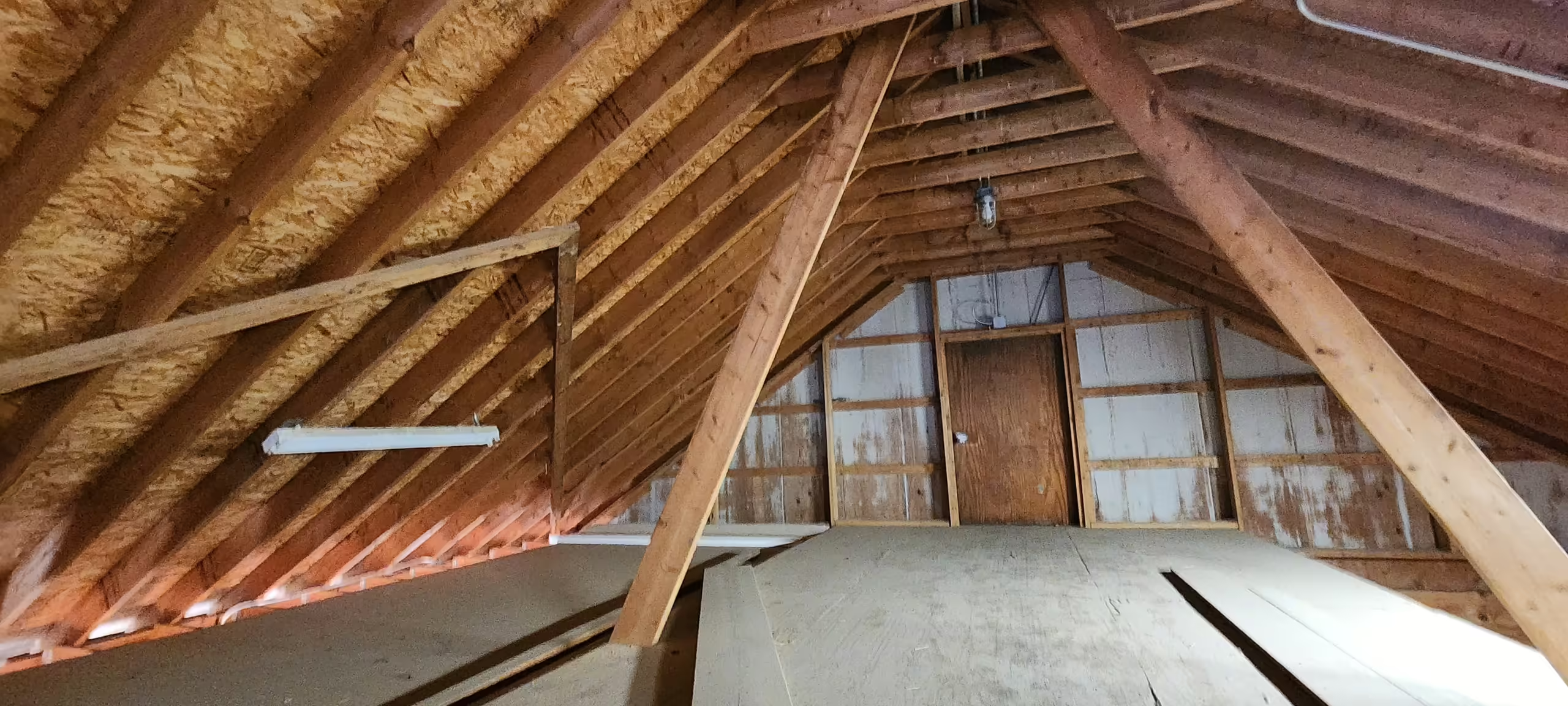 Attic Insulation Services
Attic Insulation Services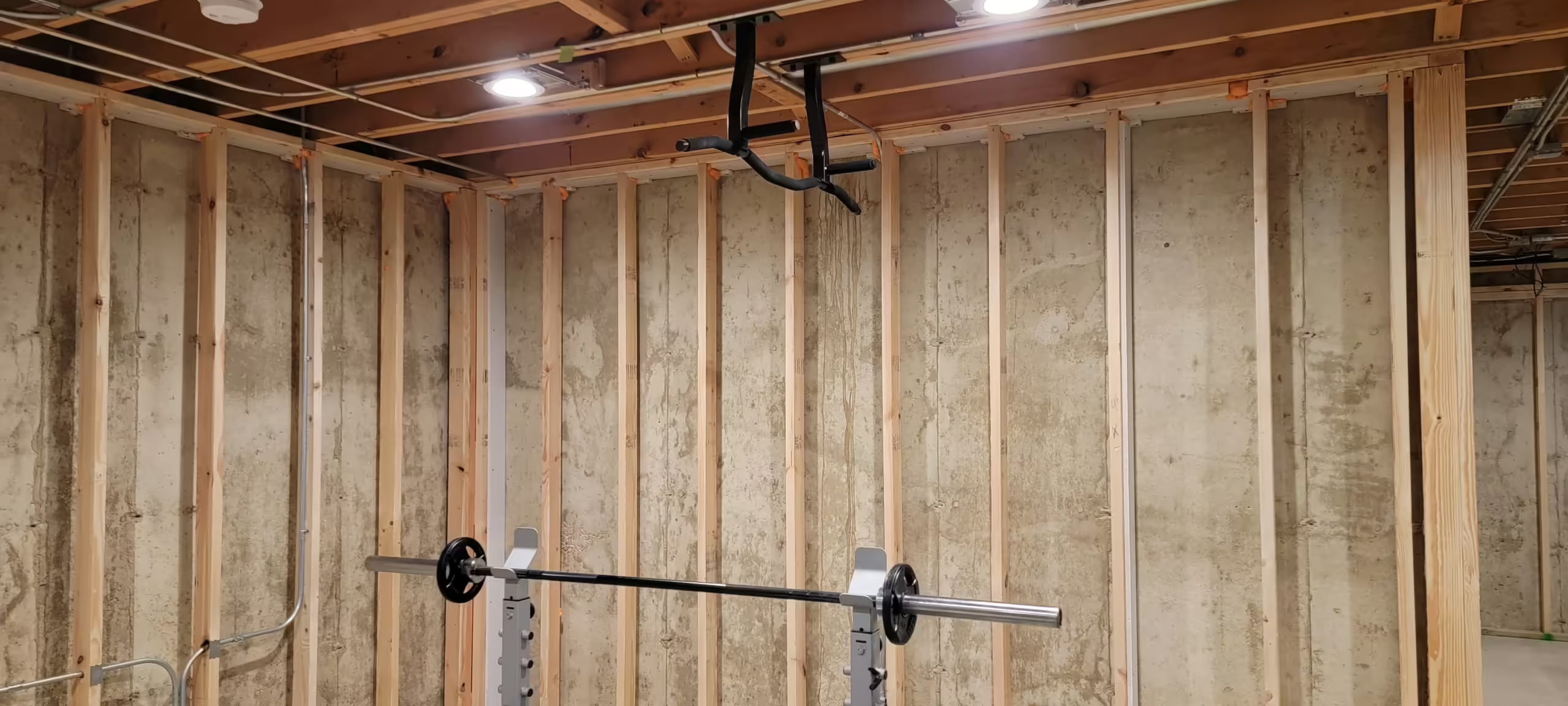 Basement Insulation
Basement Insulation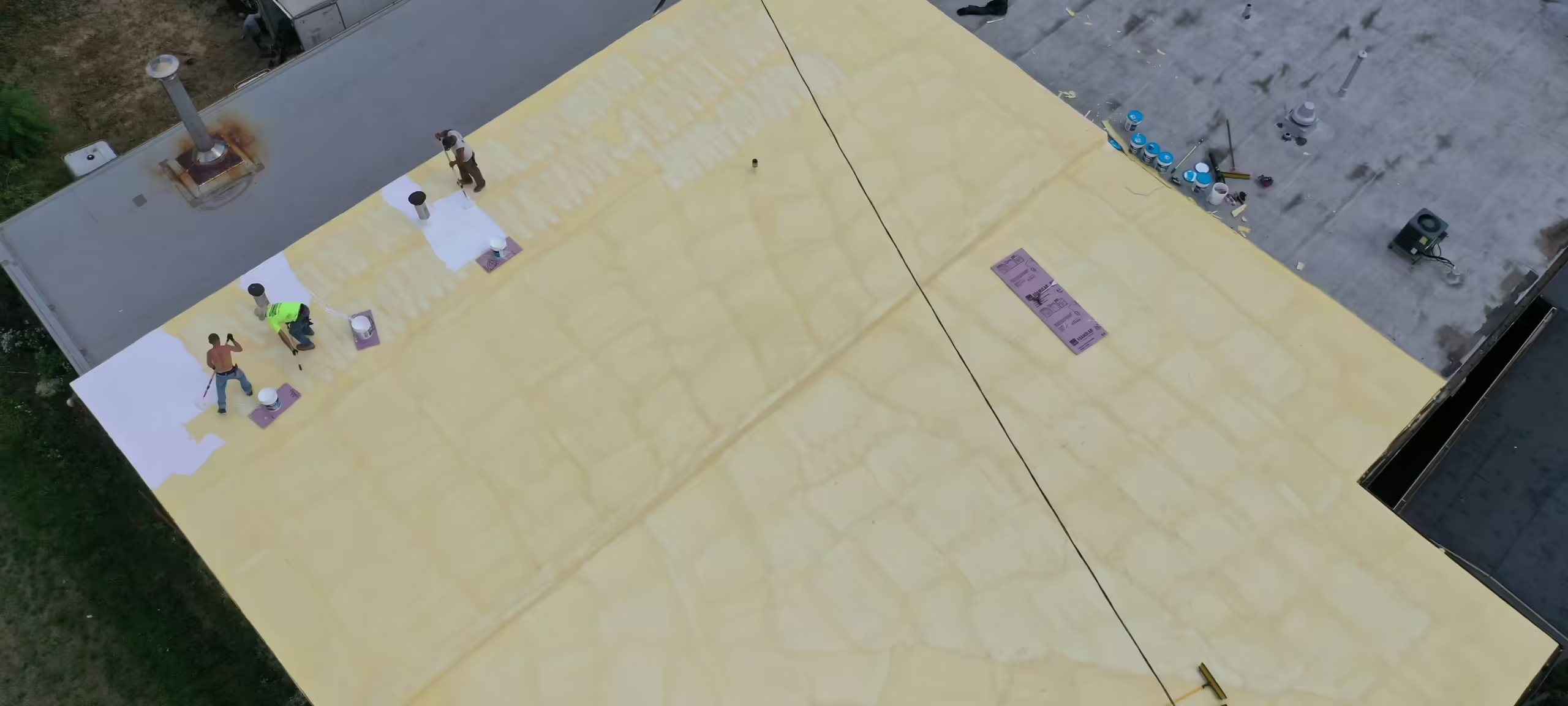 Commercial Insulation
Commercial Insulation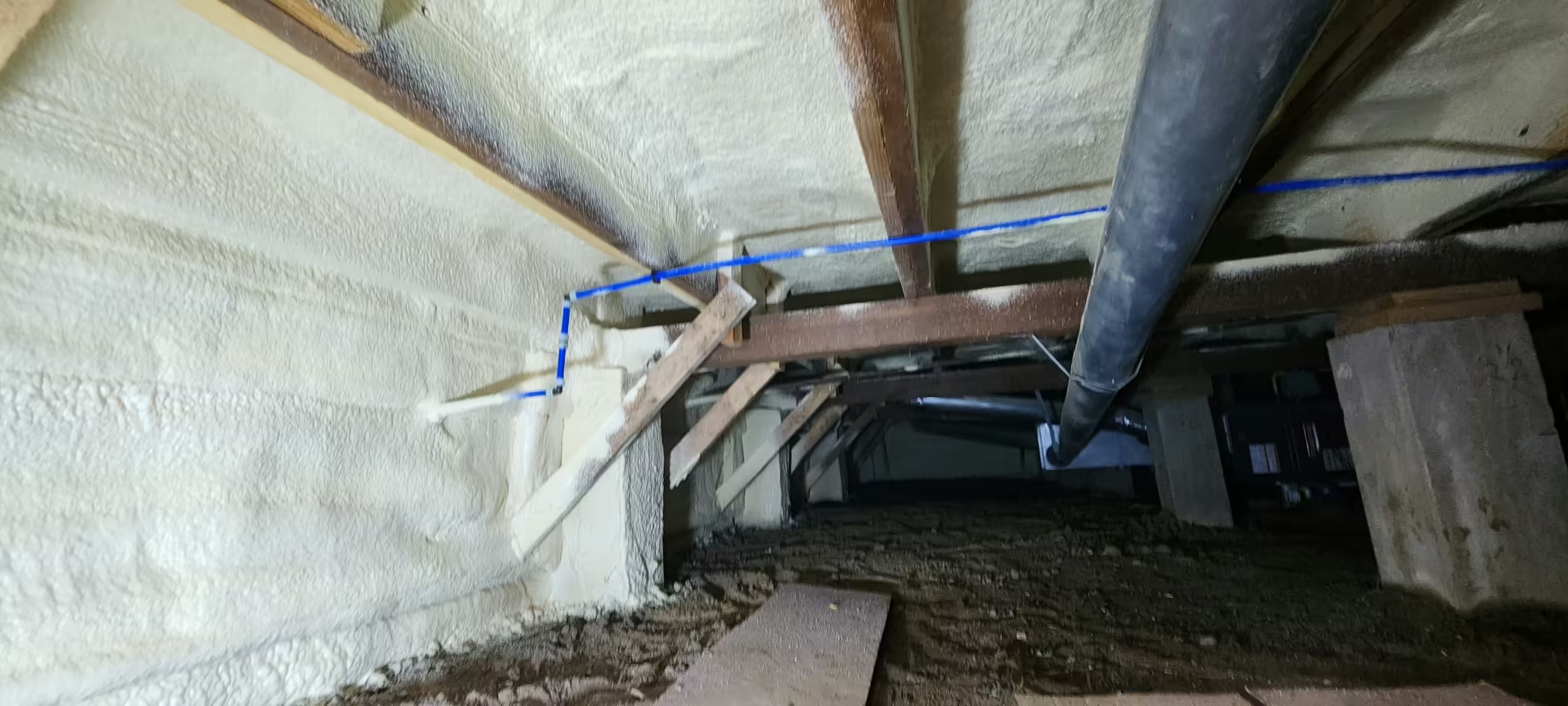 Crawl Space Insulation
Crawl Space Insulation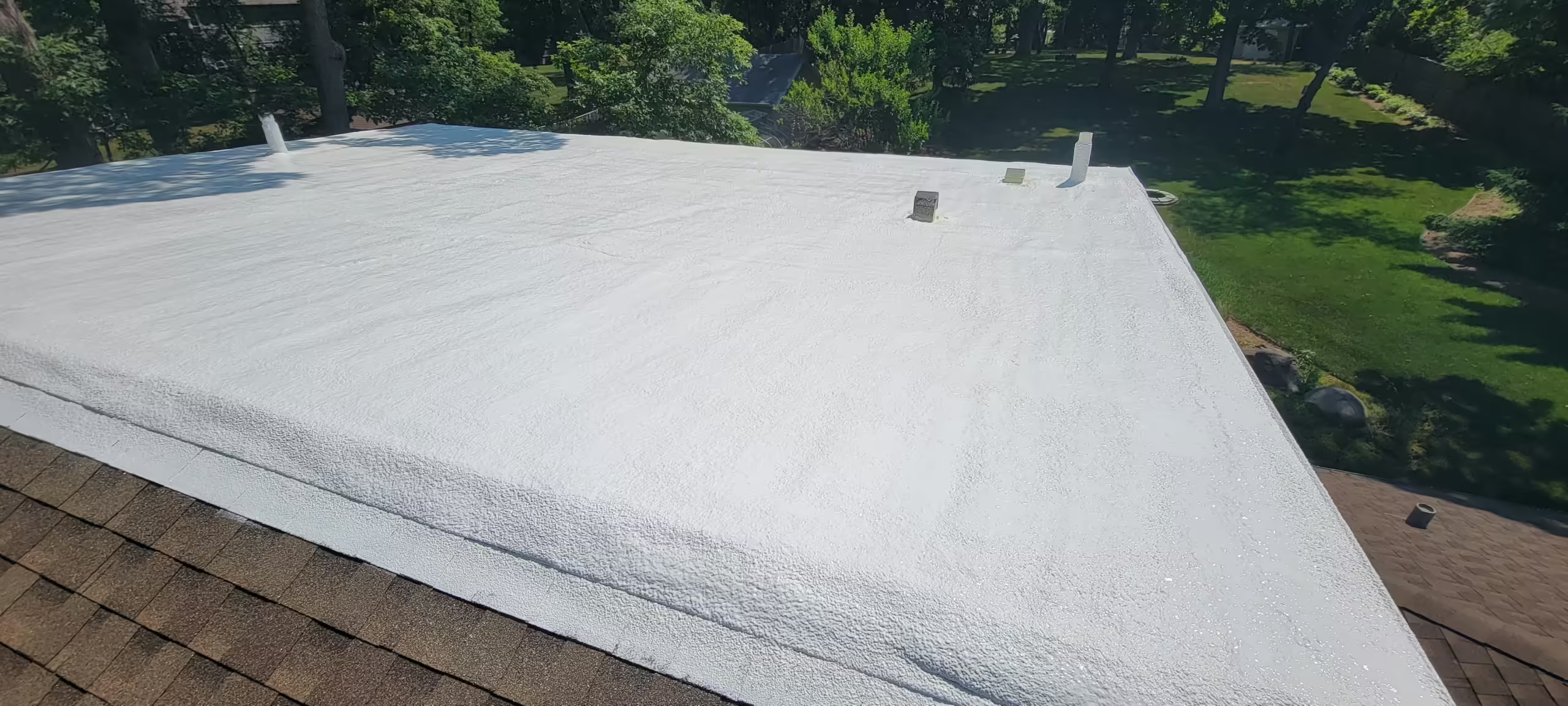 Exterior Wall Insulation
Exterior Wall Insulation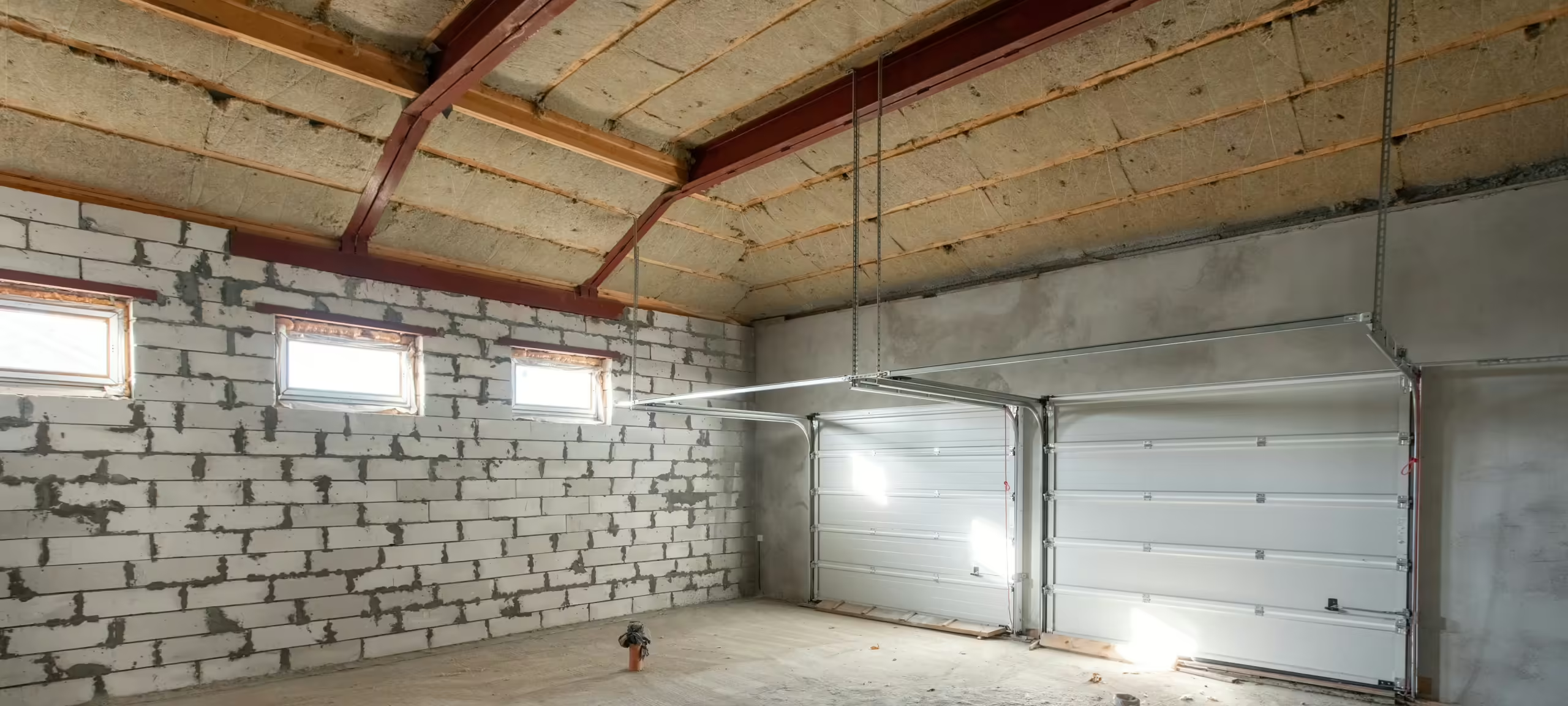 Garage Insulation
Garage Insulation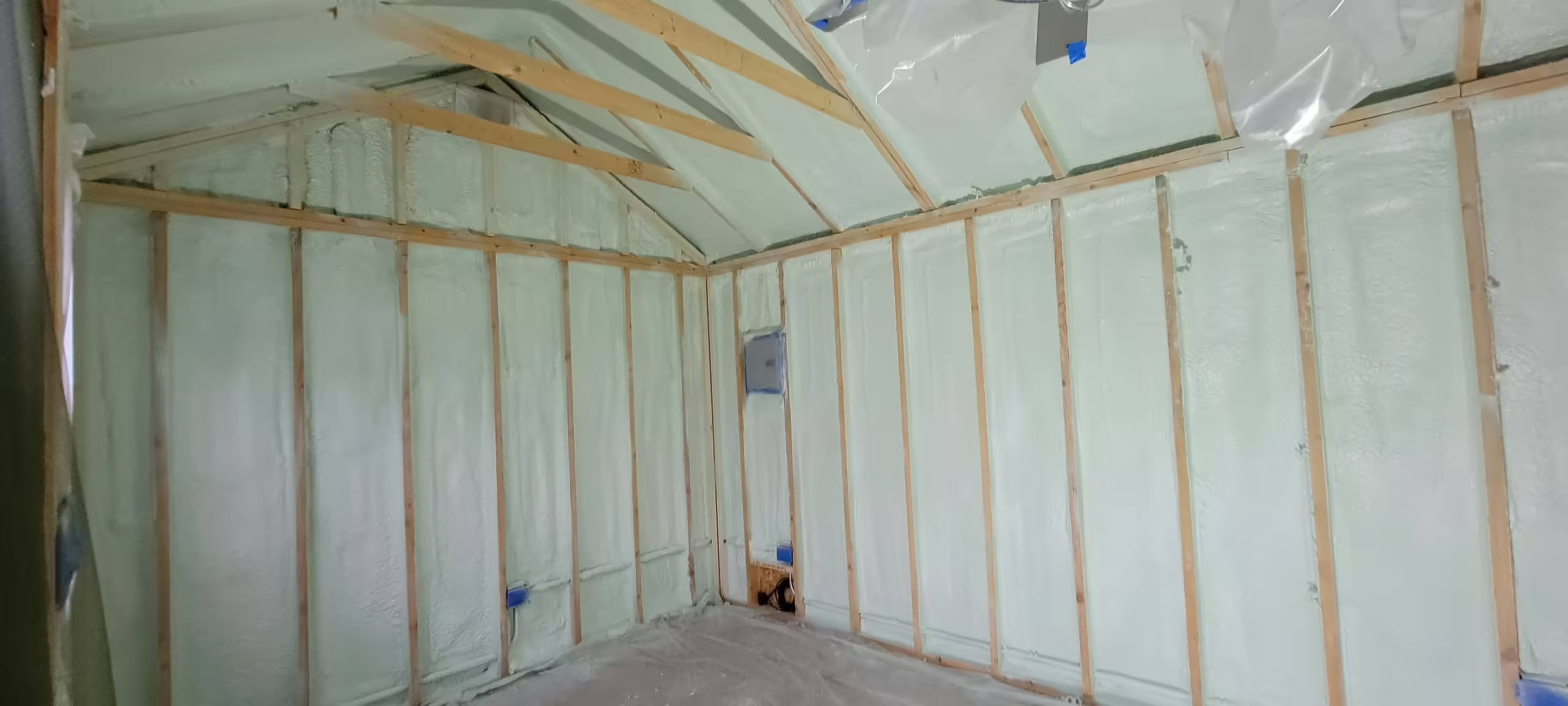 Interior Wall Insulation
Interior Wall Insulation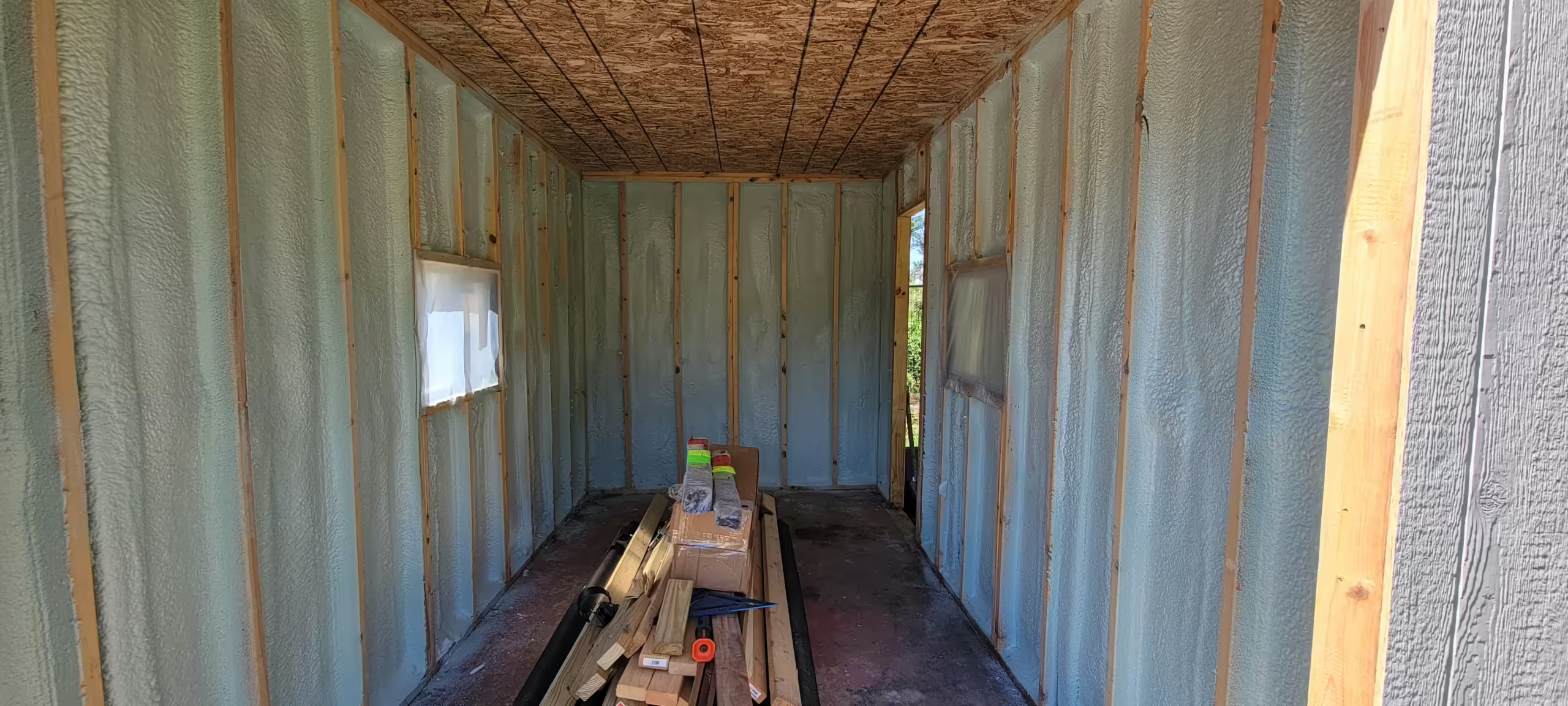 Shed Insulation
Shed Insulation Power Washing
Power Washing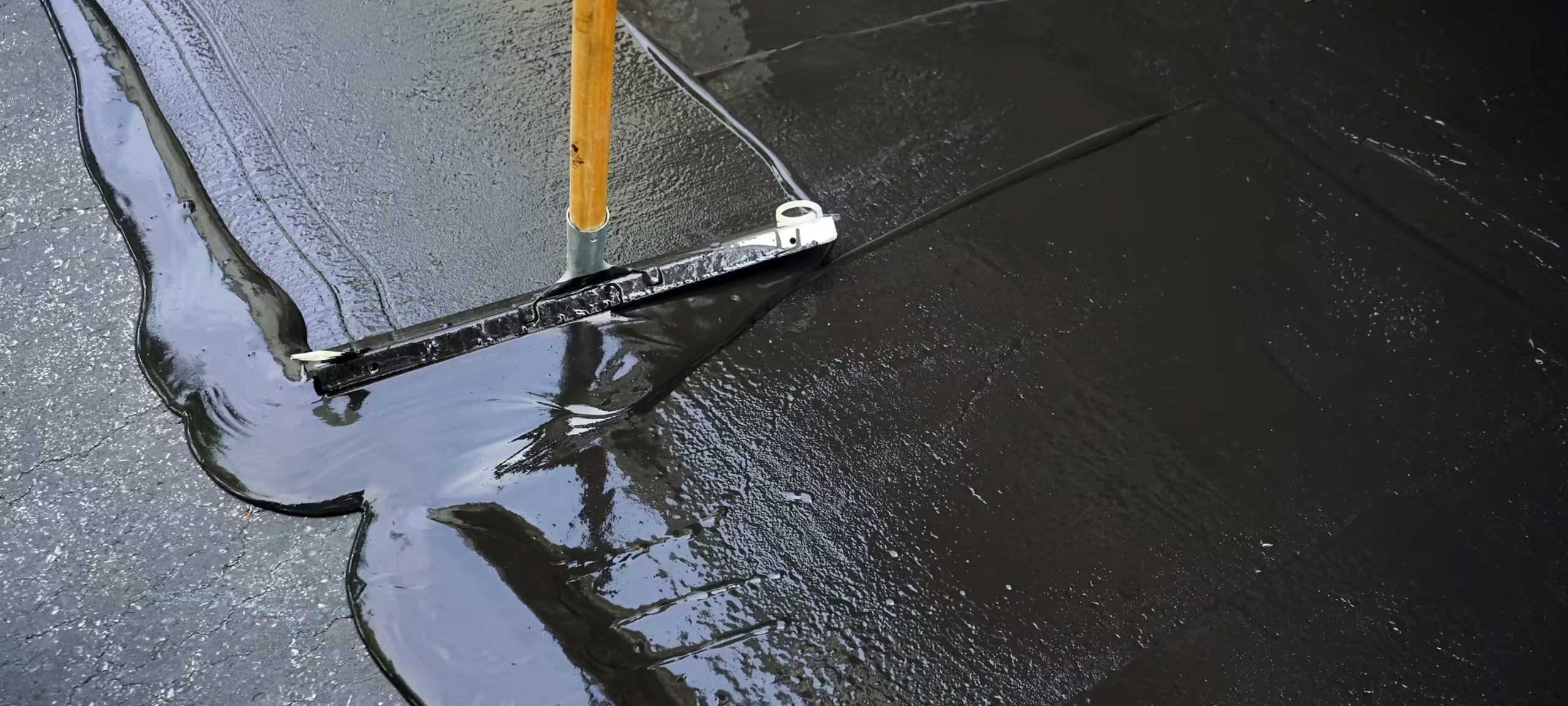 Sealcoating
Sealcoating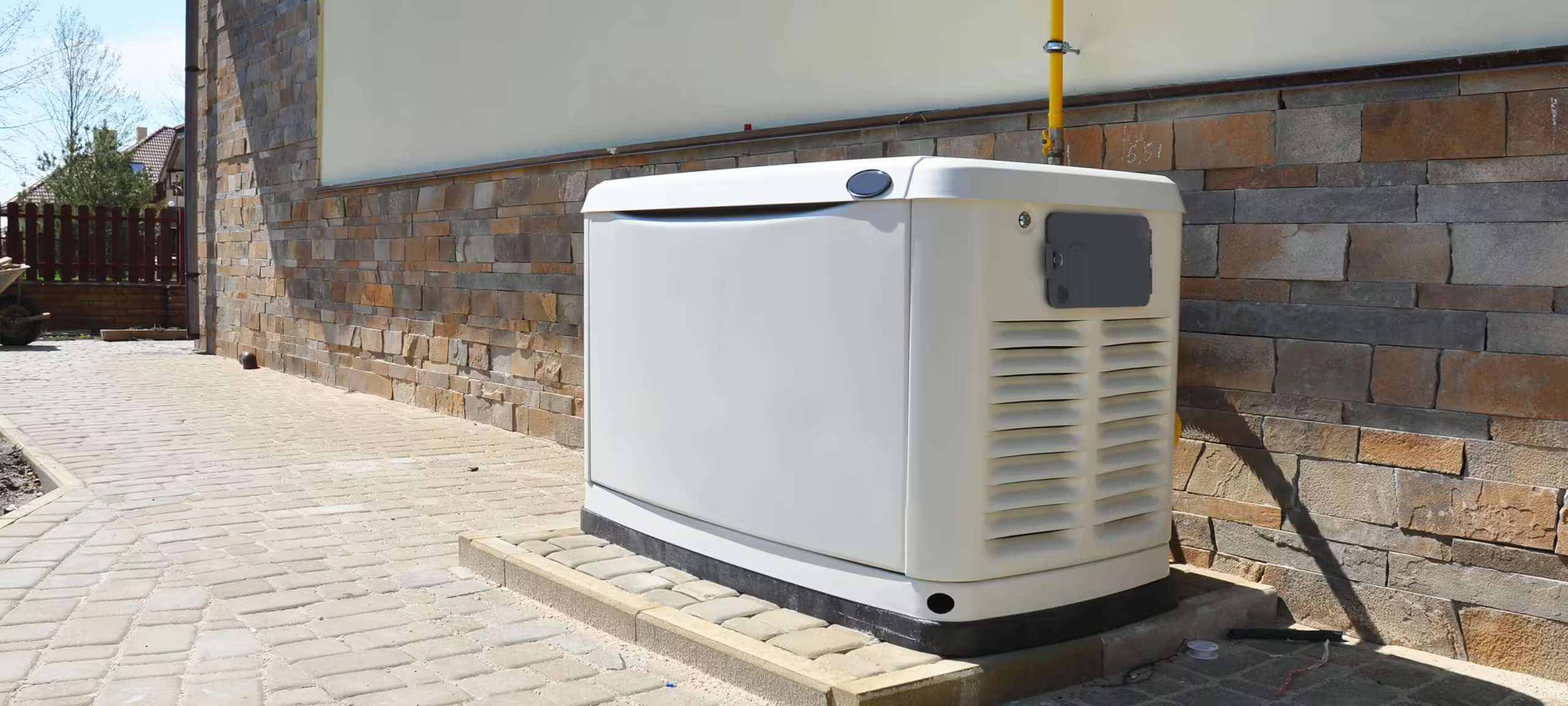 Backup Power Generators
Backup Power Generators Lake County Insulation
Lake County Insulation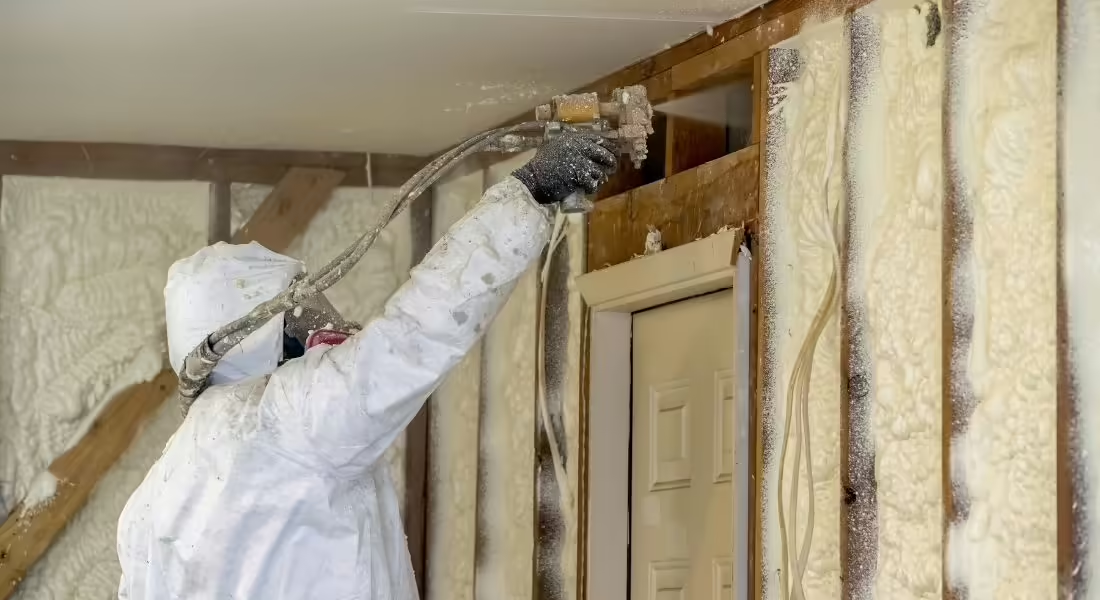 Spray Foam Insulation Guides
Spray Foam Insulation Guides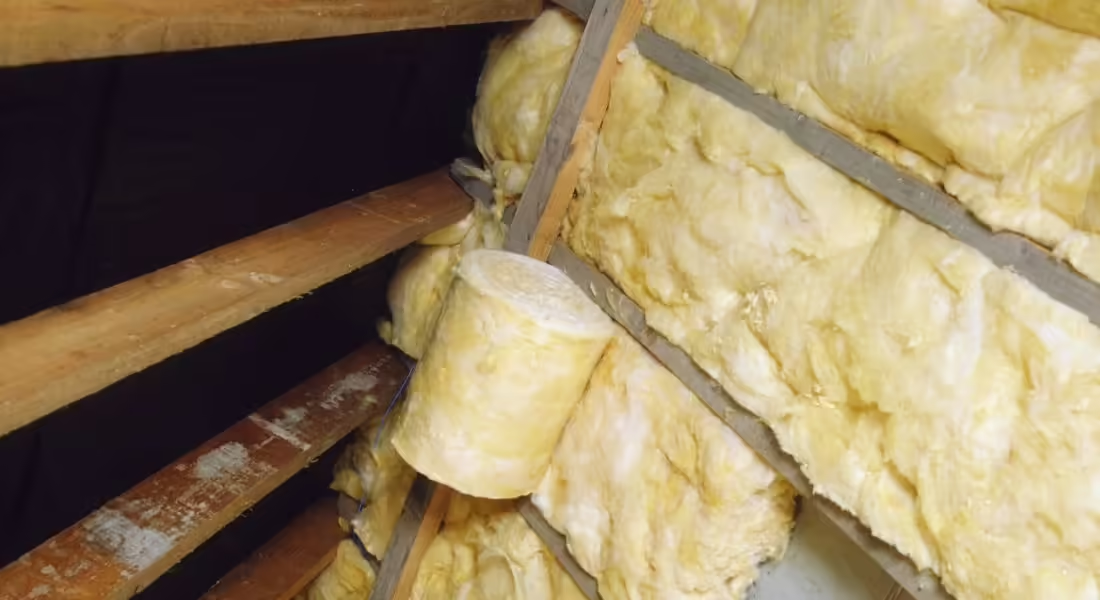 Insulation Guide
Insulation Guide Home Improvement & Maintenance Guide
Home Improvement & Maintenance Guide